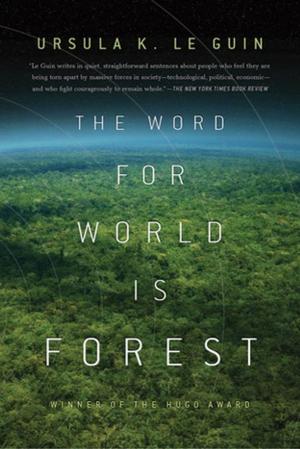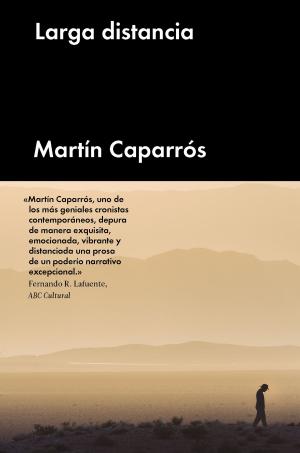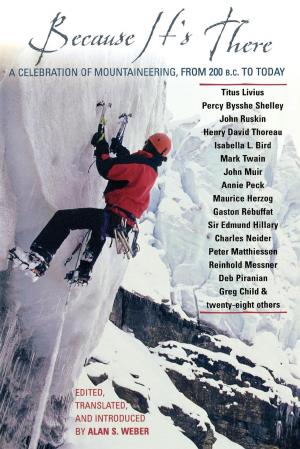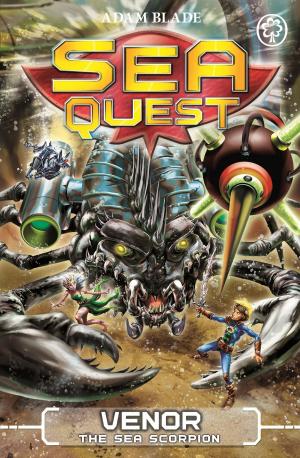| Author: | Al Newman | ISBN: | 9781370346998 |
| Publisher: | Al Newman | Publication: | April 23, 2017 |
| Imprint: | Smashwords Edition | Language: | English |
| Author: | Al Newman |
| ISBN: | 9781370346998 |
| Publisher: | Al Newman |
| Publication: | April 23, 2017 |
| Imprint: | Smashwords Edition |
| Language: | English |
Are you ready for a story about an eighty-eight foot, seven thousand pound anaconda? No, no, no — don’t shred this yet. Be a Brazilian literary agent or film producer for a moment. Tales of constrictor snakes almost twice that size appear in Brazilian newspapers with sobering regularity. Websites are devoted to the sucuriju, the off-the-charts anaconda. A 49-foot reticulated python was reported in Indonesia a few years ago.
Anaconda Among Us is a story of just such a leviathan. The novel is 172,600 words long. It is heavy on dialogue, much of it profane and obscene, as befits the prototypical American drifter, devoid of hope, who ends up in a remote, foreign seaport with scant resources, an appalling personal history, and few moral compunctions.
The five misfits in Anaconda Among Us, four of them veterans of various American conflicts, are coerced by a pretentious and corrupt, black Belizean police superintendent into mounting a secret expedition to capture a gigantic snake that is not even indigenous to Belize. The Americans conspire to cut the official out of the deal and keep the snake for themselves. They enlist a jungle-wise American woman – who makes her living dealing in illicit Mayan artifacts – to serve as their guide. One of the Americans gets drunk and tells a white Belizean con artist about the safari. The con artist, in turn, recruits a group of Guatemalan renegades to kill the Americans, capture the snake, and smuggle it into Guatemala. The police official, mistrustful of his American hunters, has three black Belizean criminals released prematurely from prison to follow the Americans and kill them once they have contained the anaconda. The Americans, not having the funds or contacts to transport the snake out of Belize once they capture it, form a partnership with a Mafia-connected, exotic animal dealer who lives in Costa Rica. The five plan to double-cross him, as well. Mistrustful of the Americans, the Mafioso comes to Belize with confederates to protect his interests. Much of the story deals with conditions and perils in the jungle as the safari tracks the anaconda. There is much, much more in the way of bizarre characters, intrigue, murder, disease, bloodshed, and treachery piled on treachery than I can describe here. At the climax, the anaconda has the Americans trapped in a cave. Two of them die — one of snakebite and the other with necrotizing fasciitis. The police official arrives and is devoured by the anaconda.
A category 5 hurricane strikes Belize, exacerbating the agony, tension and hopelessness as the story approaches its climax. The cyclone’s impact is described in painstaking detail.
In the epilog, the anaconda ends up bringing wealth to the surviving “good guys,” who have built a resort in the remote Venezuelan llanos where tourists can view the creature.
This meticulously researched story pushes accepted science up to — but not over — the edge. It is scientific fiction, not science fiction. I guarantee you that my novel is nothing like the anaconda movies of a few years back.
My credentials insofar as depicting the soldiers of fortune and the terrain in which the action takes place: I am an aging American male, but I know the language of the young. I am widely traveled and am actively multilingual. I lived in a squalid Guatemalan seaport town for four years in the company of drifters much like my primary characters, and am all too familiar with corrupt Central American officials. I have spent six months in Costa Rica in recent years, much of it in the rain forest. I also spent almost two months crawling around Belize and the Guatemalan jungle so I’d know what I was talking about when I wrote Anaconda Among Us. I have experienced first-hand the anger, extortion, discrimination, fear and despair that my characters suffer.
By the way, watch your back if you go to South America – there are gigantic anacondas out there. Waiting.
Al Newman
Are you ready for a story about an eighty-eight foot, seven thousand pound anaconda? No, no, no — don’t shred this yet. Be a Brazilian literary agent or film producer for a moment. Tales of constrictor snakes almost twice that size appear in Brazilian newspapers with sobering regularity. Websites are devoted to the sucuriju, the off-the-charts anaconda. A 49-foot reticulated python was reported in Indonesia a few years ago.
Anaconda Among Us is a story of just such a leviathan. The novel is 172,600 words long. It is heavy on dialogue, much of it profane and obscene, as befits the prototypical American drifter, devoid of hope, who ends up in a remote, foreign seaport with scant resources, an appalling personal history, and few moral compunctions.
The five misfits in Anaconda Among Us, four of them veterans of various American conflicts, are coerced by a pretentious and corrupt, black Belizean police superintendent into mounting a secret expedition to capture a gigantic snake that is not even indigenous to Belize. The Americans conspire to cut the official out of the deal and keep the snake for themselves. They enlist a jungle-wise American woman – who makes her living dealing in illicit Mayan artifacts – to serve as their guide. One of the Americans gets drunk and tells a white Belizean con artist about the safari. The con artist, in turn, recruits a group of Guatemalan renegades to kill the Americans, capture the snake, and smuggle it into Guatemala. The police official, mistrustful of his American hunters, has three black Belizean criminals released prematurely from prison to follow the Americans and kill them once they have contained the anaconda. The Americans, not having the funds or contacts to transport the snake out of Belize once they capture it, form a partnership with a Mafia-connected, exotic animal dealer who lives in Costa Rica. The five plan to double-cross him, as well. Mistrustful of the Americans, the Mafioso comes to Belize with confederates to protect his interests. Much of the story deals with conditions and perils in the jungle as the safari tracks the anaconda. There is much, much more in the way of bizarre characters, intrigue, murder, disease, bloodshed, and treachery piled on treachery than I can describe here. At the climax, the anaconda has the Americans trapped in a cave. Two of them die — one of snakebite and the other with necrotizing fasciitis. The police official arrives and is devoured by the anaconda.
A category 5 hurricane strikes Belize, exacerbating the agony, tension and hopelessness as the story approaches its climax. The cyclone’s impact is described in painstaking detail.
In the epilog, the anaconda ends up bringing wealth to the surviving “good guys,” who have built a resort in the remote Venezuelan llanos where tourists can view the creature.
This meticulously researched story pushes accepted science up to — but not over — the edge. It is scientific fiction, not science fiction. I guarantee you that my novel is nothing like the anaconda movies of a few years back.
My credentials insofar as depicting the soldiers of fortune and the terrain in which the action takes place: I am an aging American male, but I know the language of the young. I am widely traveled and am actively multilingual. I lived in a squalid Guatemalan seaport town for four years in the company of drifters much like my primary characters, and am all too familiar with corrupt Central American officials. I have spent six months in Costa Rica in recent years, much of it in the rain forest. I also spent almost two months crawling around Belize and the Guatemalan jungle so I’d know what I was talking about when I wrote Anaconda Among Us. I have experienced first-hand the anger, extortion, discrimination, fear and despair that my characters suffer.
By the way, watch your back if you go to South America – there are gigantic anacondas out there. Waiting.
Al Newman















